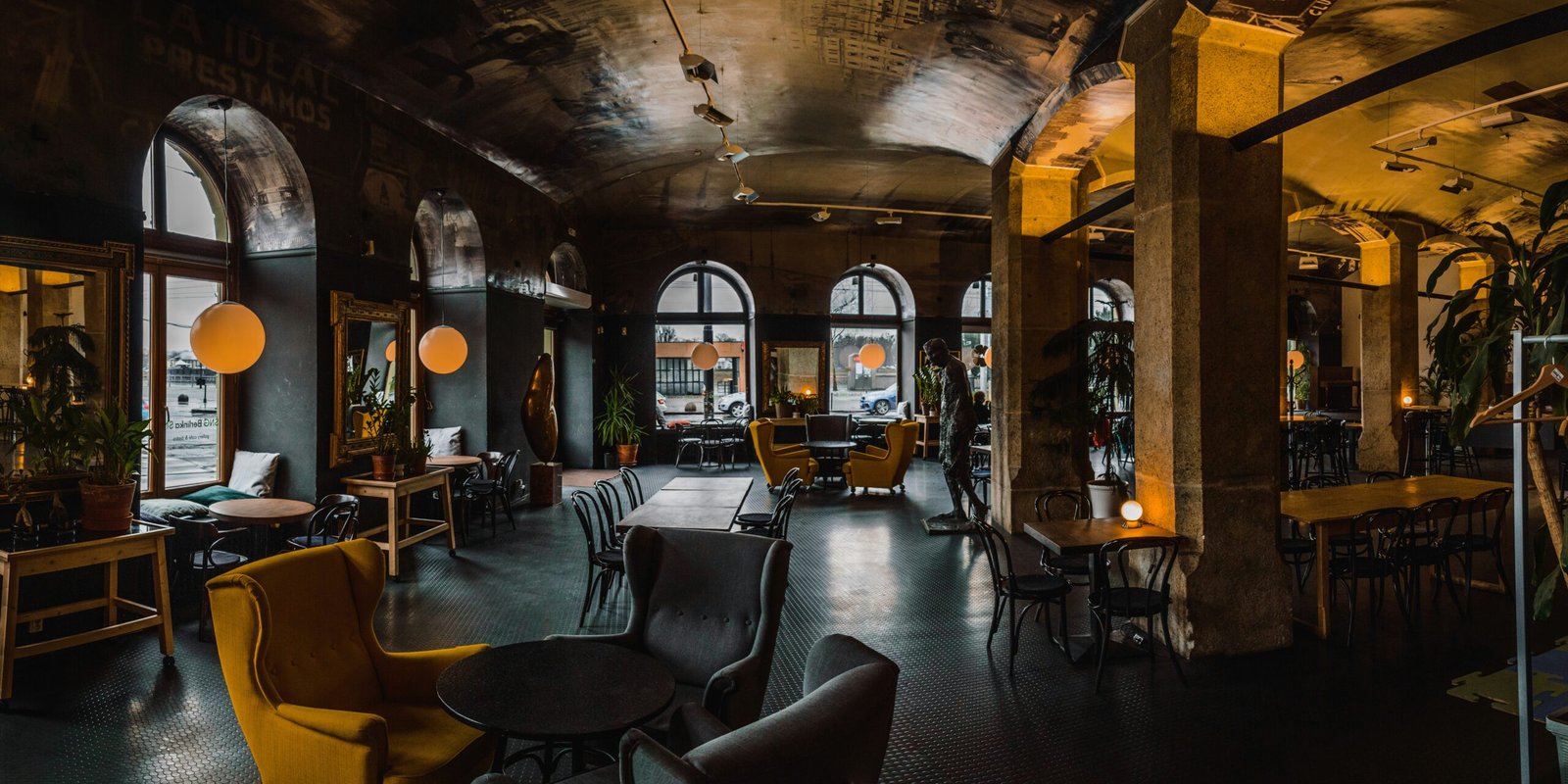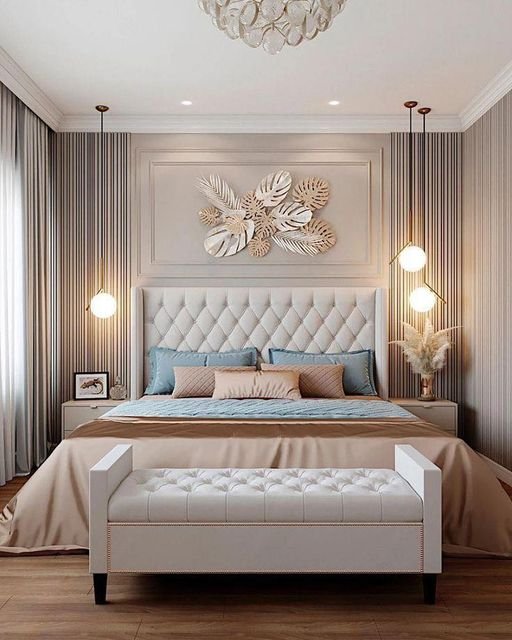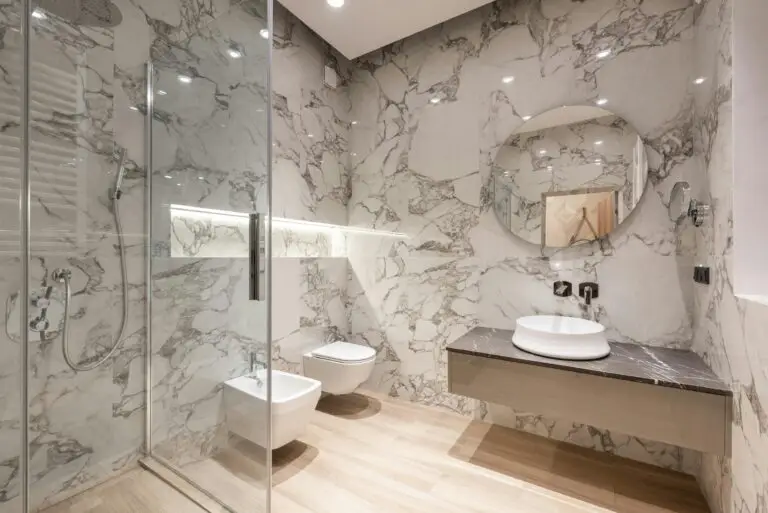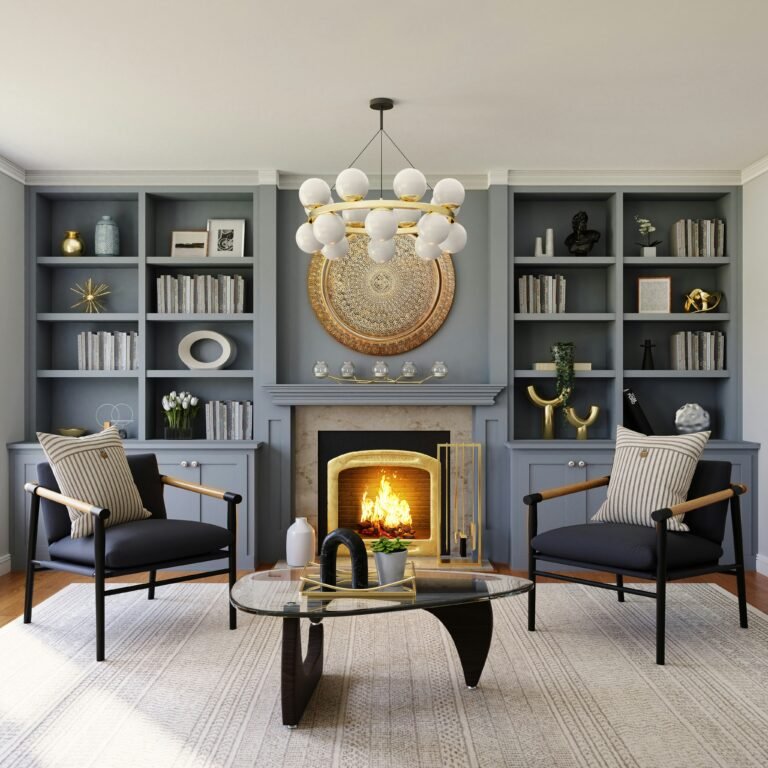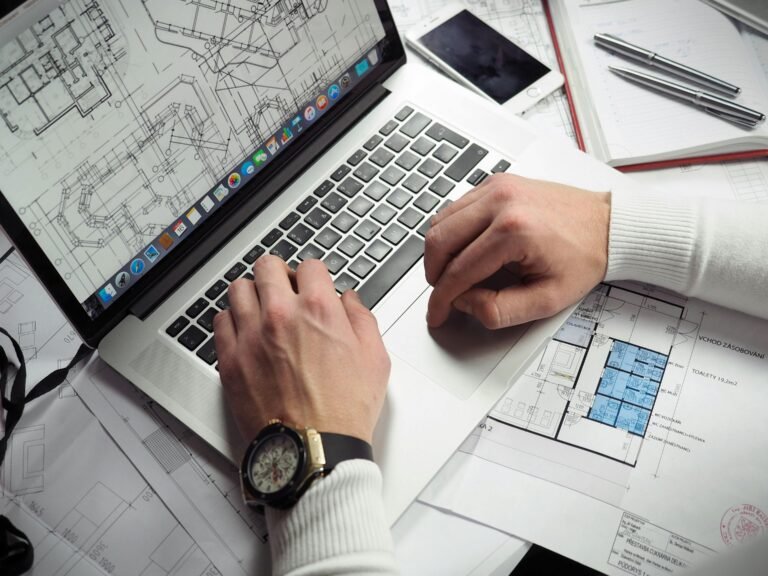Restaurant Interior Design: Transforming Spaces into Culinary Havens
It was a spot for person to make physiological time outs, enjoy themselves casually and amass the sort of memories that matter. Ideally, a restaurant’s internal layout will help improve customer dining tastes. How to establish a welcoming environment that encourages customers to stay and linger awhile–part three of this series will look at specific elements in the design of restaurant interiors.
However, the Importance of Design in a Restaurant
How can the indoor plan of any café transform customer experience? A nicely designed restaurant can entice extra clients and preserve them coming back. The layout also can replicate the subject and cuisine of the restaurant.
Key Elements of Restaurant Interior Design
There are several key factors to recall while designing a eating place. These consist of format, lighting, furniture, colorations, and decor. Let’s examine every of these elements in detail.
Layout
The format of a restaurant is crucial. It affects the flow of customers and staff. A good layout should allow for easy movement and provide a comfortable dining experience. Here are some tips for an effective restaurant layout:
- Ensure there is enough space between tables.
- Make sure the kitchen is easily accessible to the staff.
- Consider exceptional seating arrangements for specific institution sizes.
Lighting
Lighting can set the temper of a eating place. It can make the space experience warm and alluring or vibrant and lively. Here are a few recommendations for powerful eating place lighting fixtures:
- Use a mixture of ambient, project, and accent lighting fixtures.
- Ensure the lighting complements the subject matter of the restaurant.
- Use dimmable lighting to modify the atmosphere as needed.
Furniture
The furnishings in a eating place should be both practical and Custy. It ought to also match the general design of the restaurant. Here are a few hints for choosing eating place furnishings:
- Choose durable and easy-to-clean materials.
- Select furnishings that suits the fashion and subject of the eating place.
- Ensure the chairs are cushty for lengthy sitting periods.
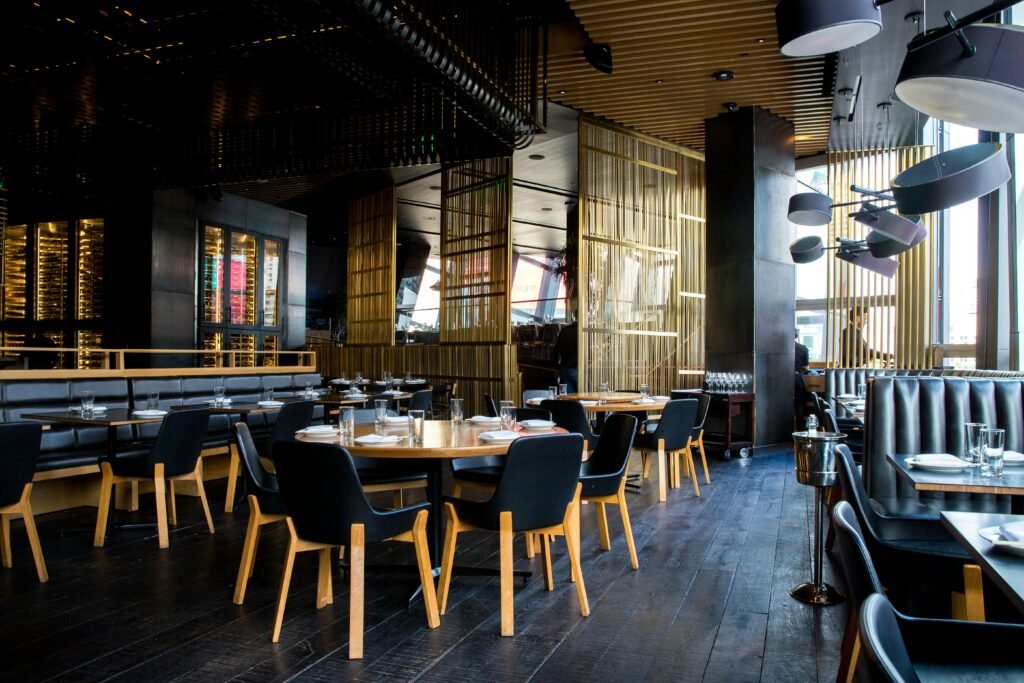
Colors
Colors will have a significant impact at the atmosphere of a restaurant. They can evoke one of a kind emotions and set the tone for the eating experience. Here are a few hints for deciding on restaurant colorations:
- Use heat colorings like red and orange to create a energetic surroundings.
- Use cool colorings like blue and green to create a calm and enjoyable surroundings.
- Consider the psychology of colors while choosing a colour scheme.
Decor
Decor adds personality and charm to a restaurant. It can reflect the theme and cuisine of the restaurant. Here are some tips for restaurant decor:
- Use paintings and wall decor to add visual hobby.
- Incorporate flowers and greenery to create a sparkling and welcoming atmosphere.
- Use ornamental lights to enhance the environment.
Designing for Different Types of Restaurants
Different types of eating places require one-of-a-kind design approaches. Let’s examine some not unusual sorts of restaurants and a way to layout for them.
Fine Dining Restaurants
Fine dining eating places offer a excessive-cease dining revel in. The layout ought to replicate beauty and class. Here are some hints for designing nice dining restaurants:
- Use notable materials and finishes.
- Incorporate luxurious furnishings and decor.
- Create a formal and subtle ecosystem with smooth lighting fixtures.
Casual Dining Restaurants
Casual dining restaurants provide a relaxed and snug dining experience. The layout need to be inviting and family-friendly. Here are a few tips for designing informal dining restaurants:
- Use heat and inviting shades.
- Incorporate snug and sturdy fixtures.
- Create a energetic and engaging environment with shiny lights.
Fast Food Restaurants
Fast meals eating places consciousness on short and convenient carrier. The layout must be useful and green. Here are a few hints for designing fast food restaurants:
- Use bold and vivid colorings to draw interest.
- Incorporate easy-to-clean substances and surfaces.
- Create a quick-paced and lively atmosphere with vibrant lighting.
Cafes And Coffee Shops
Cafes and espresso shops offer a cozy and comfortable environment. The design must be heat and inviting. Here are a few recommendations for designing cafes and espresso shops:
- Use soft and soothing colors.
- Incorporate comfortable seating and tables.
- Create comfy surroundings with ambient lighting fixtures and decor.
Trends in Restaurant Interior Design
Restaurant interior layout developments are constantly evolving. Staying up to date with the latest traits allow you to create a modern-day and elegant restaurant. Here are a few contemporary traits in eating place indoors design:
Sustainable Design
Sustainable design specializes in the usage of green materials and practices. This fashion is becoming increasingly popular in restaurant layout. Here are some tips for incorporating sustainable layout:
- Use recycled and reclaimed materials.
- Incorporate strength-efficient lights and appliances.
- Use biodegradable and compostable products.
Open Kitchens
Open kitchens allow clients to look the cooking procedure. This trend creates a experience of transparency and engagement. Here are some recommendations for designing open kitchens:
- Ensure the kitchen is clean and well-prepared.
- Incorporate seating regions that offer a view of the kitchen.
- Use glass walls to separate the kitchen from the dining region.
Industrial Design
Industrial design features raw and unfinished materials. This trend creates a modern and edgy look. Here are some tips for incorporating industrial design:
- Use exposed brick, metal, and concrete.
- Incorporate industrial-style lighting fixtures.
- Use minimalist and functional furniture.
Local And Cultural Influences
Incorporating local and cultural elements can add character to a restaurant. This trend reflects the heritage and identity of the location. Here are some tips for incorporating local and cultural influences:
- Use local artwork and decor.
- Incorporate traditional materials and patterns.
- Reflect the local culture inside the menu and environment.
Conclusion
Restaurant interior design is a vital component of the eating enjoy. It includes careful consideration of format, lights, furnishings, hues, and decor. Different styles of restaurants require distinctive layout strategies. Staying up to date with the modern-day layout dispositions will can help you create a modern and stylish eating place. By specializing in the ones factors, you could create a welcoming and engaging atmosphere for your customers.

